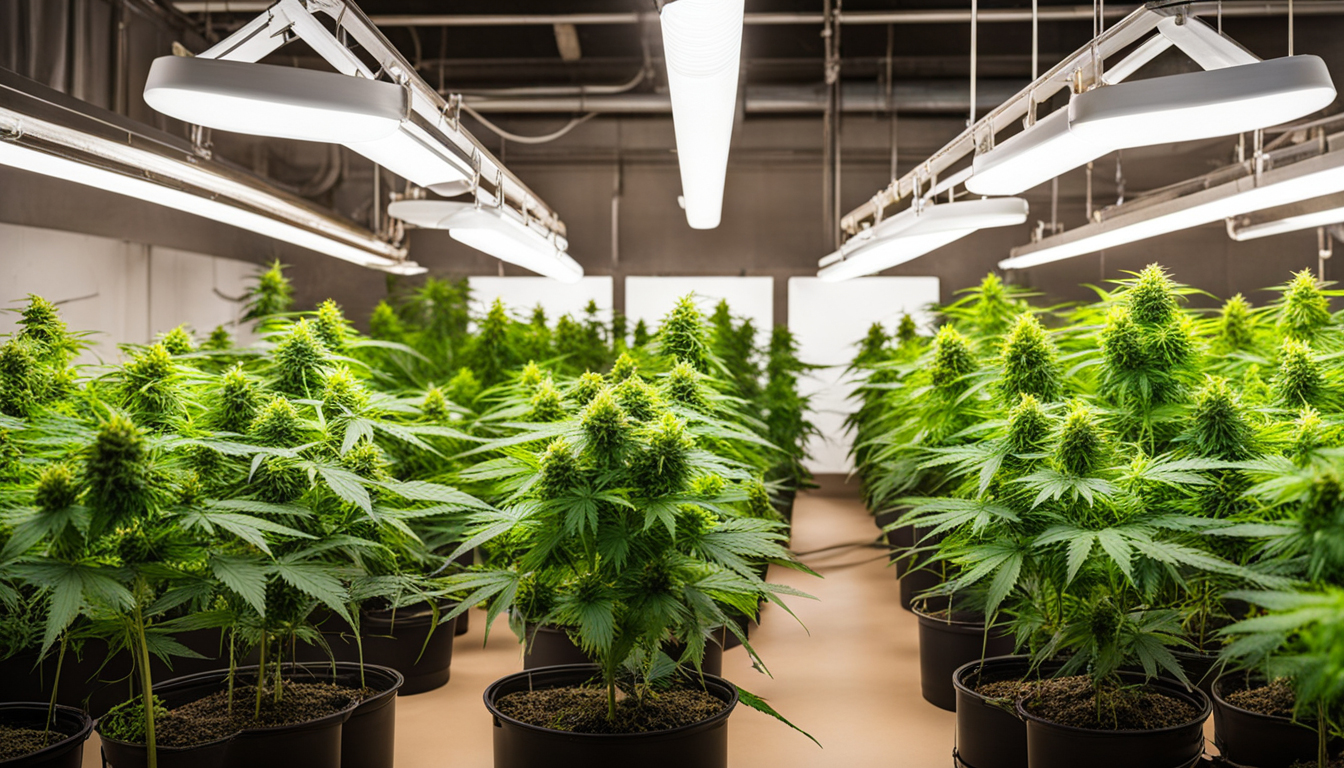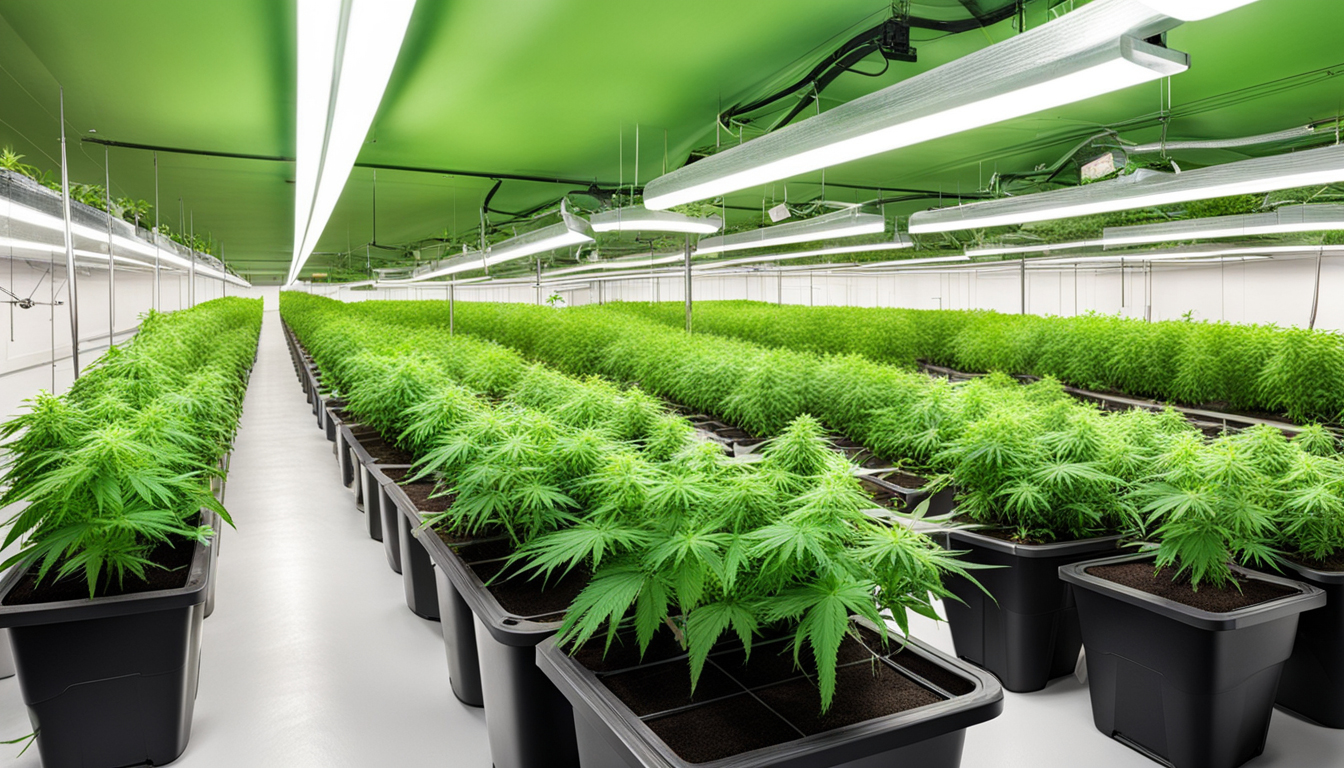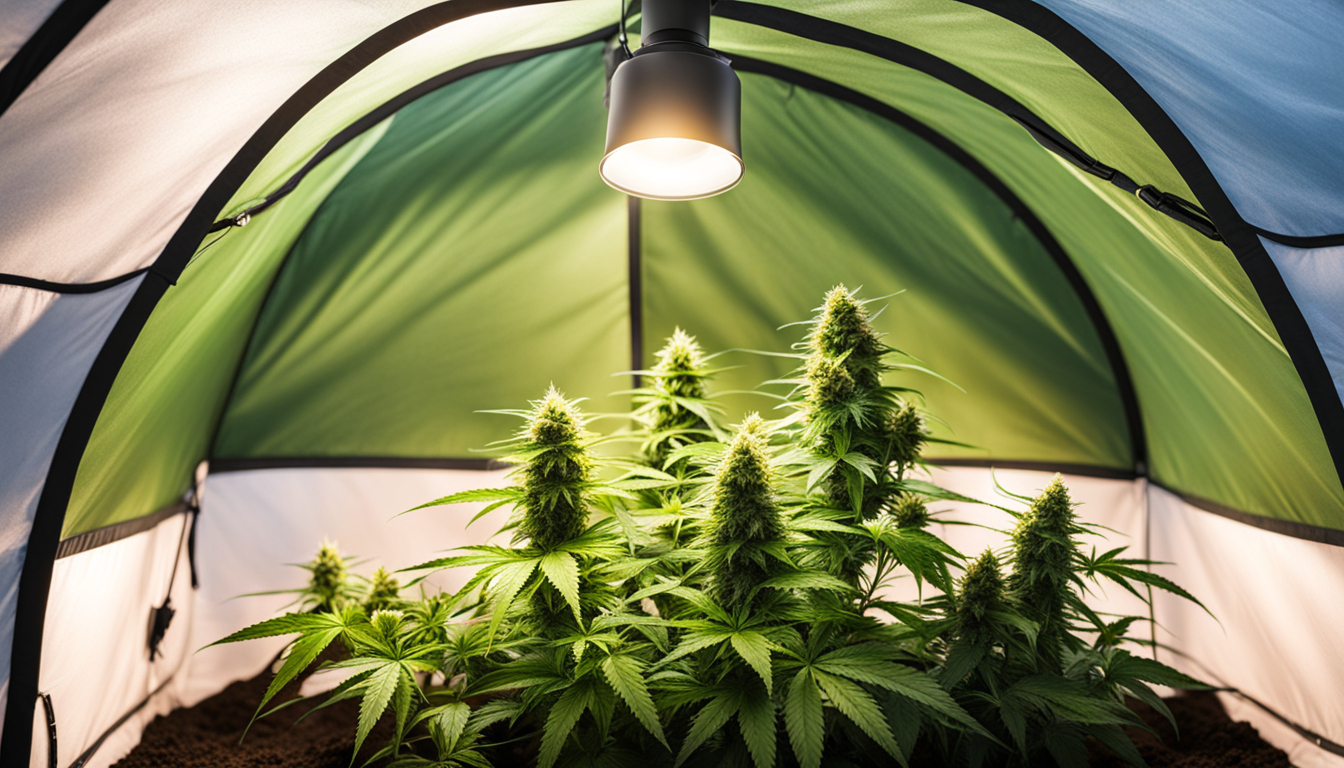
Whether you're beginning cannabis growing or looking to improve your existing harvest, following this complete guide will help you produce large, high-quality yields right at home. With the right equipment, methods, and attention, cultivating cannabis indoors can be an extremely satisfying and cost-effective endeavor.
Choosing Marijuana Varieties
The first step in planning your indoor grow is picking the right weed varieties to produce. The three main types of cannabis plants each have their own characteristics.
Sativas
Known for their invigorating mental effects, these strains grow tall and slender with narrow leaves. They thrive in tropical equatorial climates and have a longer flowering time between 2.5-3 months indoors. Top sativa strains include Jack Herer, Durban Poison, Super Lemon Haze, and Jack Herer.
Indicas
Indicas provide calming full-body effects and grow short and bushy with broad leaves. Accustomed to cooler mountain climates, they bloom faster within 2-2.25 months. Popular indica strains include Northern Lights, Bubba Kush, and Bubba Kush.
Hybrids
Hybrid strains blend traits from both sativas and indicas. They offer blended effects and have medium blooming periods around 9-10 weeks. Popular mixes are OG Kush, Girl Scout Cookies, and Blue Dream.

Setting Up Your Cultivation Space
Marijuana plants need the right controlled environment to flourish. Key factors for indoor farms are lighting, airflow, layout, and finding the ideal discreet location.
Location
Choose an unused space with direct access to irrigation and power outlets. An empty extra bedroom, unused closet, corner of the basement, or cultivation tent locked away in a garage all make great stealthy cultivation room spots.
Lights
Pot requires powerful light for all vegetative stages. LEDs are efficient and come in full spectrum options mimicking natural sunlight. Cover 15-25 watts per square foot for the growth stage and 400-600 watts per sq. ft. for bloom.
Ventilation
Proper airflow and exhaust systems keep ideal temp, humidity, and fresh CO2 levels. Set up low-noise 10-15 cm fans or carbon filters to refresh old air and eliminate smells.
Layout
Optimize your space by arranging plants carefully under the lamps and leaving room to access and work around them. Set up distinct zones for growth, flowering, curing, and propagation.

Growing Substrates
Marijuana can be grown in different mediums, each with benefits and cons. Pick a proper option for your particular setup and cultivation style.
Soil
The classic substrate, soil is affordable and easy for new growers. It provides great flavor but needs more irrigation and nutrients to feed plants. Amend soil with vermiculite or coco to enhance drainage.
Coco Coir
Made from coir, reusable coconut fiber holds water but still lets in air to the roots. It's cleaner and more predictable than soil. Use coir-specific nutrients to avoid calcium buildup.
Water systems
In water systems, plant roots grow right in fertilizer irrigation solution. This allows quick development but needs close observation of water properties. Deep water culture and irrigation systems are common methods.
Sprouting Seeds
Germination activates your marijuana seeds to begin growing taproots. This readies them for planting into their growing medium.
Towel Method
Place seeds between wet paper towels and maintain them moist. Check after 2-7 days for growing taproots indicating germination is complete.
Planting directly
Insert seeds directly into wetted growing medium 6mm deep. Gently water and wait 1-2 weeks until seedlings push through the surface.
Rockwool Cubes
Soak rockwool cubes in pH-adjusted water. Insert seeds 6mm deep into the cubes. Keep cubes wet until seedlings appear within 1-14 days.
Repotting Seedlings
Once sprouted, weed young plants need to be repotted to avoid crowding. Move them into appropriately sized containers.
Ready Containers
Fill final pots with growing medium enriched with slow-release fertilizer. Allow pots to absorb water for 8-12 hours before transplanting.
Gently repotting
Gently separate seedling roots growing indoor from sprouting medium using a spade. Place into pre-soaked container at same depth as before and gently water in.
Vegetative Stage
The growth stage promotes leafy growth and plant form through 18-24 hours of continual light intensity. This stage usually lasts 4-8 weeks.
Using 18-24 Hours of Lighting
Use grow lights on a 24 daily cycle or outdoor light to trigger constant growth. Lamp intensity influences height and node distance.
Fertilizing
Use grow stage nutrients higher in N. Make sure pH remains around 6.5 for proper fertilizer absorption. Fertilize 25-50% strength after 2 weeks and increase slowly.
LST and topping
Fimming, LST, and trellising direct shoot shapes for flat foliage. This increases yields.

Bloom Stage
The flowering stage develops buds as plants show their sex under a 12/12 cycle timing. It lasts 2-3 months depending on strain.
Switching to 12/12
Switch grow lights to 12 hours on, 12 hours off or move outdoors for natural 12/12 timing. This Find Out More signals plants to start flowering.
Flushing
Leaching flushes out fertilizer residuals to enhance flavor. Fertilize weakly the first weeks then just use pH'd water the last 2 weeks.
Flushing
Maintain 12/12 light timing but flush using pH-balanced water only. Resume plain watering if buds aren't yet ripe after two weeks.
Reaping
Recognizing when marijuana is completely mature delivers maximum cannabinoid content and aroma. Harvest plants at peak maturity.
Identifying Ripeness
Look for swollen calyxes, faded pistils, and 10-15% amber trichomes. Check buds across the plant as they won't all mature evenly.
Cutting Plants
Use clean, sharp pruning shears to carefully cut each plant at the base. Leave several inches of stalk attached.
Curing
Suspend whole plants or branches upside down in a lightless room with moderate temperature and humidity around 50-60% for 7-14 days.
Aging
Aging continues drying while aging the buds like aged spirits. This technique mellows bitterness and intensifies cannabinoid contents.
Curing containers
Trim dried buds from stems and store into glass jars, filling about 75% capacity. Use a sensor to measure container moisture.
Burping Daily
Unseal containers for a few hours each day to gradually lower moisture. Remoisten buds if RH drops below 55%.
Long term storage
After 14-21 days when humidity levels off around 55-65%, do a last trim and keep long-term in Contact Us Today airtight jars.
Common Problems and Solutions
Even seasoned growers run into various pot plant problems. Detect issues soon and address them properly to keep a strong garden.
Nutrient Deficiencies
Chlorosis often indicate inadequate nitrogen. Anthocyanins and leaves show phosphorus deficiency. Test pH and increase fertilizers gradually.
Pests
Thrips, aphids, fungus gnats, thrips, and root aphids are frequent weed pests. Use organic sprays, ladybugs, and yellow traps for natural control.
Mold
Excessive humidity promotes botrytis and bud rot. Increase circulation and circulation while reducing RH below 50% during bloom.

Summary
With this complete indoor cannabis cultivation guide, you now have the info to grow plentiful strong buds for private harvests. Apply these steps and methods throughout the germination, growth, and flowering stages. Spend in quality equipment and closely check on your plants. In time, you'll be rewarded with sticky aromatic buds you grew yourself under the patient guidance of your green thumbs. Happy growing